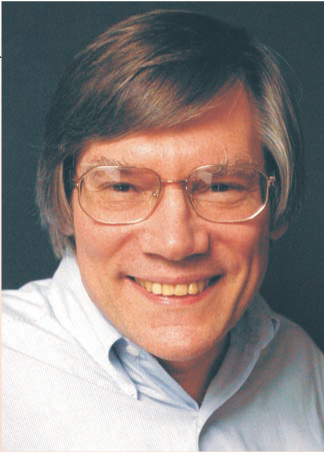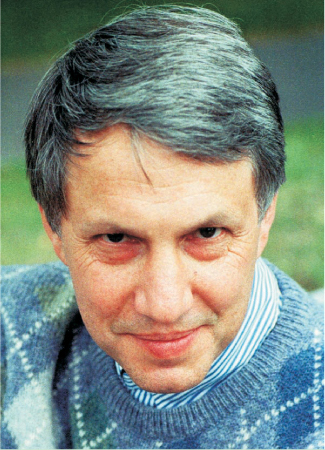Two Theoretical Physicists Share Cosmology Prize
DOI: 10.1063/1.2408569
At the Smithsonian Institution in Washington, DC, this month, Alan Guth and Andrei Linde are receiving the 2004 Cosmology Prize of the Peter Gruber Foundation. This annual award recognizes scientists who have made groundbreaking contributions in cosmology. The prize is sponsored jointly by the foundation, which is based in St. Thomas, US Virgin Islands, and the International Astronomical Union in Paris. Guth and Linde are each receiving a gold medal and will split the purse of $200 000.
The prize honors Guth, Victor F. Weisskopf Professor of Physics and Margaret MacVicar Faculty Fellow at MIT, and Linde, professor of physics at Stanford University, for “their development of fundamental ideas of cosmic inflation, which has been one of the dominant themes of cosmology for more than two decades.” The citation adds that “the original concept of inflation and its many variations, including chaotic inflation, proposed and developed by Guth and Linde, have led to a revolution in our approach to studying cosmology and to understanding the history of the universe.”
Inflationary theory describes the early stages of the universe and its structure. Although models of inflationary cosmology were considered in the 1970s by other scientists, in 1981, Guth “pulled the ideas together and pointed out the cosmological problems solved by inflation,” says the citation. He and others, though, recognized some shortcomings in his model. One year later, Linde, in the Soviet Union, improved on Guth’s proposal by providing a model he called new inflation. He went on to propound other promising versions of inflationary theory, such as the chaotic inflationary universe scenario and the theory of eternal chaotic inflation. Guth and Linde’s original ideas, spanning more than 20 years, says foundation chair Peter Gruber, “have profoundly changed the field of cosmology.”

Gugh
DONNA COVENEY, MIT


Linde

